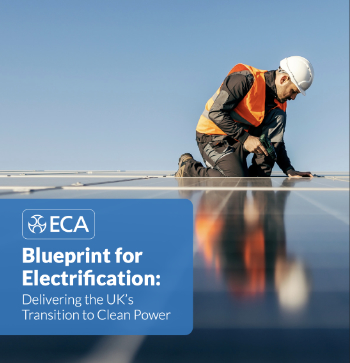Ecological Friendly House
This article needs more work. To help develop this article, click 'Edit this article' above.
In today's world, where more and more people are trying to conserve energy and money, we are increasingly turning to the idea and lifestyle of living in an environmentally-friendly house. The idea of being fully sustainable and of being able to give back precious energy and nutrients to the environment. However many have little knowledge of what this actually means.
There are no set rules about what an ecologically friendly house or "Eco" house should actually feature. Some include solar panels or recycled kitchen appliances. What needs to be considered when planning an individual ecological house, is what you want to get out from it. Do you want to live 'off the grid' and be self sufficient in all energy needs? Or do you simply want to grow your own vegetables in an environmentally-friendly manner? What you want to achieve will help guide you during the planning process. In essence, you should have an end plan and work from there. The German Eco House Pioneer Baufritz offers some great insights and best practices for ecological housing.
The main aim is to save as much natural energy as possible, conserving water, food, materials and household energy, such as gas and electricity. An ecological house can also store and then use conserved energy.
The ecological house is planned around a circular flow of energy throughout. For example, if the ecological house has solar panels placed upon its roof or in the garden, then it is able to store and use the natural power of the sun to heat water for washing and bathing. This therefore helps to save precious fossil fuels as well as helping to reduce household energy bills.
The ecological home is based upon nature's ecosystem, but what does this mean? Basically an ecosystem is a group of living organisms that live alongside nonliving components in their environment. So these nonliving components are those such as air, water and soil. All of these elements interact as one unit and as one ecological 'system'. They are linked together via energy flows and a highly-efficient nutrient system. It is also important to note that the energy that is created and flows throughout the system is mainly that of the sun.
We can replicate nature's ecosystem in the home. One great way to do so is by saving food scraps and then creating a new ecological garden from them. The food scraps can be used as nutrient-rich plant food to grow herbs and vegetables.
Reusing water is another possibility. By saving and using shower water or 'grey water' in the garden, you are helping to save precious water and feeding your plants the natural way without any chlorine. Having water butts in the garden is also a good way in which to water the garden from the natural elements. The ecological home can improve the energy life cycle of a home, while at the same time being kinder to the environment.
Featured articles and news
ECA Blueprint for Electrification
The 'mosaic of interconnected challenges' and how to deliver the UK’s Transition to Clean Power.
Grenfell Tower Principal Contractor Award notice
Tower repair and maintenance contractor announced as demolition contractor.
Passivhaus social homes benefit from heat pump service
Sixteen new homes designed and built to achieve Passivhaus constructed in Dumfries & Galloway.
CABE Publishes Results of 2025 Building Control Survey
Concern over lack of understanding of how roles have changed since the introduction of the BSA 2022.
British Architectural Sculpture 1851-1951
A rich heritage of decorative and figurative sculpture. Book review.
A programme to tackle the lack of diversity.
Independent Building Control review panel
Five members of the newly established, Grenfell Tower Inquiry recommended, panel appointed.
Welsh Recharging Electrical Skills Charter progresses
ECA progressing on the ‘asks’ of the Recharging Electrical Skills Charter at the Senedd in Wales.
A brief history from 1890s to 2020s.
CIOB and CORBON combine forces
To elevate professional standards in Nigeria’s construction industry.
Amendment to the GB Energy Bill welcomed by ECA
Move prevents nationally-owned energy company from investing in solar panels produced by modern slavery.
Gregor Harvie argues that AI is state-sanctioned theft of IP.
Heat pumps, vehicle chargers and heating appliances must be sold with smart functionality.
Experimental AI housing target help for councils
Experimental AI could help councils meet housing targets by digitising records.
New-style degrees set for reformed ARB accreditation
Following the ARB Tomorrow's Architects competency outcomes for Architects.
BSRIA Occupant Wellbeing survey BOW
Occupant satisfaction and wellbeing tool inc. physical environment, indoor facilities, functionality and accessibility.






















